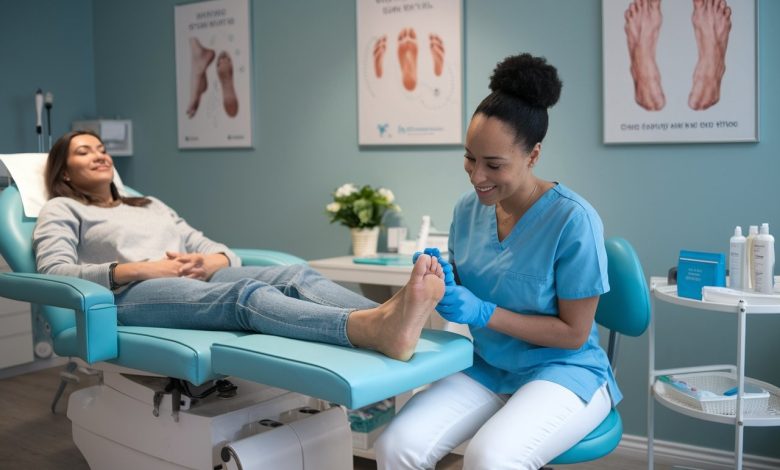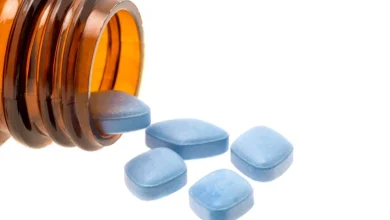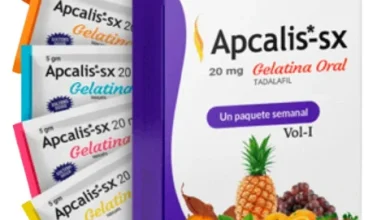What are the most effective remedies for getting rid of a toe infection?
What are the most effective remedies for getting rid of a toe infection?

A toe infection can be an uncomfortable and distressing condition, often leading to pain, swelling, and redness around the affected area. While toe infections can occur for various reasons, including injury, poor hygiene, or underlying medical conditions, it’s crucial to address them promptly to prevent further complications. This blog post will explore the most effective remedies to get rid of a toe infection, focusing on both home treatments and medical interventions.
Understanding Toe Infections
Toe infections can be caused by bacteria, fungi, or viruses. Common types include:
- Bacterial Infections: These may occur after a cut or injury to the toe, leading to redness, swelling, and pus formation.
- Fungal Infections: Often associated with athlete’s foot or toenail fungus, these infections can cause itching, burning, and thickened nails.
- Ingrown Toenails: This condition occurs when the edge of the toenail grows into the surrounding skin, leading to pain and potential infection.
Recognizing the symptoms of a toe infection is essential for timely treatment. Common signs include redness, swelling, warmth, pain, and discharge from the infected area.
Home Remedies for Toe Infections
- Warm Soaks: Soaking your infected toe in warm, soapy water can help alleviate pain and reduce inflammation. This method can also soften the skin, making it easier to remove any discharge. Aim to soak your toe for about 15-20 minutes, two to three times daily.
- Epsom Salt Baths: Epsom salt has natural anti-inflammatory properties that can help soothe irritated skin. Mix a couple of tablespoons of Epsom salt in warm water and soak your toe. This remedy may also assist in drawing out any infection.
- Essential Oils: Certain essential oils, such as tea tree oil, oregano oil, and lavender oil, possess antibacterial and antifungal properties. Dilute a few drops of your chosen oil with a carrier oil (like coconut or olive oil) and apply it to the infected area. Always perform a patch test to ensure you don’t have a reaction.
- Garlic: Known for its antimicrobial properties, garlic can be a potent natural remedy. Crush a clove of garlic and mix it with a bit of olive oil to create a paste. Apply this mixture to the infected toe, covering it with a bandage. Leave it on for a few hours before rinsing it off. Repeat this process daily until symptoms improve.
- Honey: Raw honey has natural antibacterial properties that can help promote healing. Apply a thin layer of honey to the infected area and cover it with a bandage. Change the dressing and reapply honey daily until the infection subsides.
- Aloe Vera: This versatile plant is known for its soothing and healing properties. Apply fresh aloe vera gel directly to the infected toe. Its anti-inflammatory effects can help reduce swelling and promote healing.
- Turmeric Paste: Turmeric contains curcumin, which has powerful anti-inflammatory and antibacterial properties. Make a paste by mixing turmeric powder with water and apply it to the infected area. Cover it with a bandage and leave it on for several hours before rinsing off. This remedy can be repeated daily.
Medical Treatments for Toe Infections
While home remedies can be effective for mild infections, it is essential to seek medical treatment for more severe cases or if symptoms persist. Here are some common medical interventions:
- Topical Antibiotics: Over-the-counter antibiotic ointments like Neosporin can help treat bacterial infections. Apply the ointment as directed and cover the toe with a bandage.
- Prescription Medications: For more severe infections, a healthcare provider may prescribe oral antibiotics or antifungal medications. Always complete the full course of any prescribed medication, even if symptoms improve.
- Drainage of Abscesses: If there is a significant buildup of pus, your doctor may need to drain the abscess to relieve pressure and promote healing. This procedure is typically done in a sterile environment.
- Nail Removal: In cases of severe ingrown toenails or toenail fungus, your healthcare provider may recommend partial or complete removal of the toenail to allow for proper healing.
- Treatment for Underlying Conditions: If you have underlying health issues, such as diabetes or peripheral artery disease, your doctor may recommend specific treatments to address these conditions, as they can complicate the healing of toe infections.
Preventing Future Toe Infections
Prevention is always better than cure. Here are some tips to help prevent toe infections from occurring in the first place:
- Maintain Good Foot Hygiene: Wash your feet daily, ensuring you dry them thoroughly, especially between the toes.
- Trim Your Toenails Properly: Cut your toenails straight across and avoid cutting them too short. This can help prevent ingrown toenails.
- Wear Proper Footwear: Choose shoes that fit well and allow your toes to move freely. Avoid tight shoes that may cause injury or pressure on your toes.
- Keep Feet Dry: Moisture can promote fungal infections. Consider using foot powder to keep your feet dry, especially if you’re prone to sweating.
- Address Any Foot Injuries Promptly: If you sustain a cut or injury to your toe, clean it immediately and monitor for signs of infection.
- Consult a Healthcare Professional: If you notice any signs of infection, consult a healthcare provider for prompt treatment.
Frequently Asked Questions (FAQs)
- What are the symptoms of a toe infection?
- Common symptoms include redness, swelling, warmth, pain, and discharge from the affected area.
- Can I treat a toe infection at home?
- Yes, mild toe infections can often be treated with home remedies like warm soaks, essential oils, and garlic. However, if symptoms persist, seek medical advice.
- When should I see a doctor for a toe infection?
- If you experience severe pain, persistent symptoms, or signs of spreading infection, consult a healthcare provider promptly.
- How can I prevent toe infections?
- Maintain good foot hygiene, trim your toenails properly, wear suitable footwear, and address foot injuries promptly.
- Are toe infections contagious?
- Bacterial toe infections are generally not contagious, but fungal infections can spread through direct contact or contaminated surfaces.
By understanding how to get rid of toe infection and implementing preventive measures, you can keep your feet healthy and free from discomfort. Always prioritize your foot health to enjoy an active lifestyle without interruptions.
Conclusion
Dealing with a toe infection can be painful and frustrating, but various effective remedies are available to help you recover. From simple home treatments like warm soaks and essential oils to medical interventions like antibiotics and drainage, there are numerous options to explore. Remember, if your symptoms persist or worsen, it’s essential to seek professional medical advice to avoid complications.
Taking preventive measures can significantly reduce your risk of future toe infections. Prioritizing foot hygiene, proper nail care, and suitable footwear are key components of foot health. By being proactive, you can enjoy healthy, pain-free toes and continue to engage in your daily activities without discomfort.









